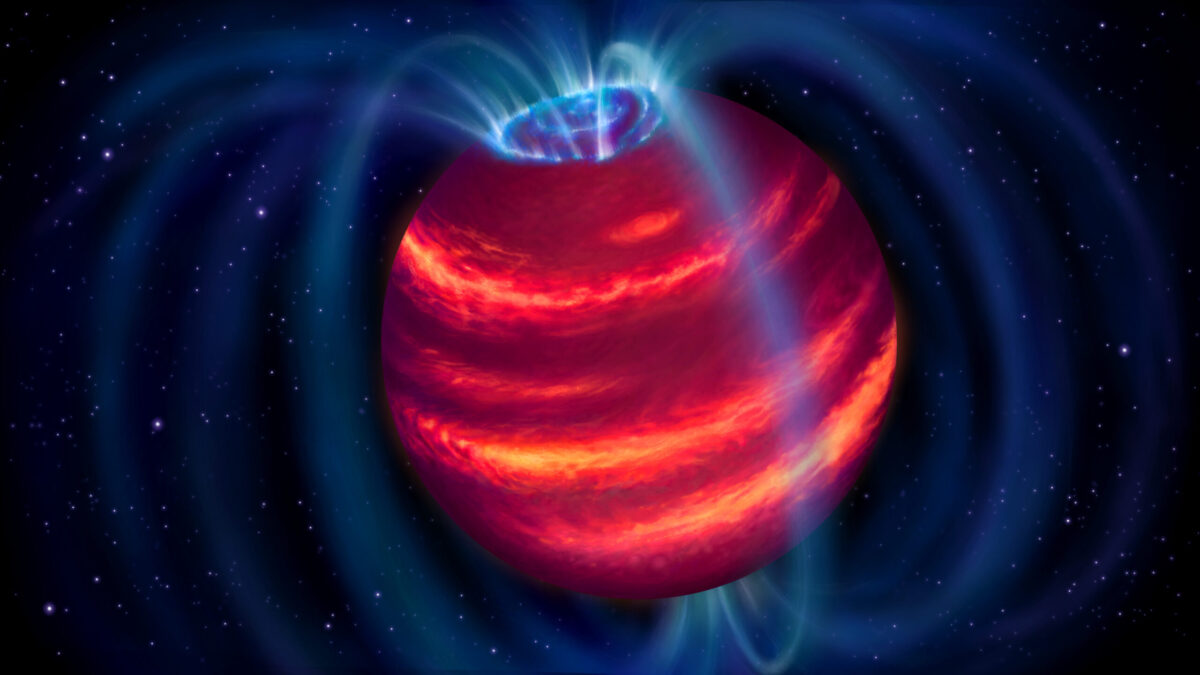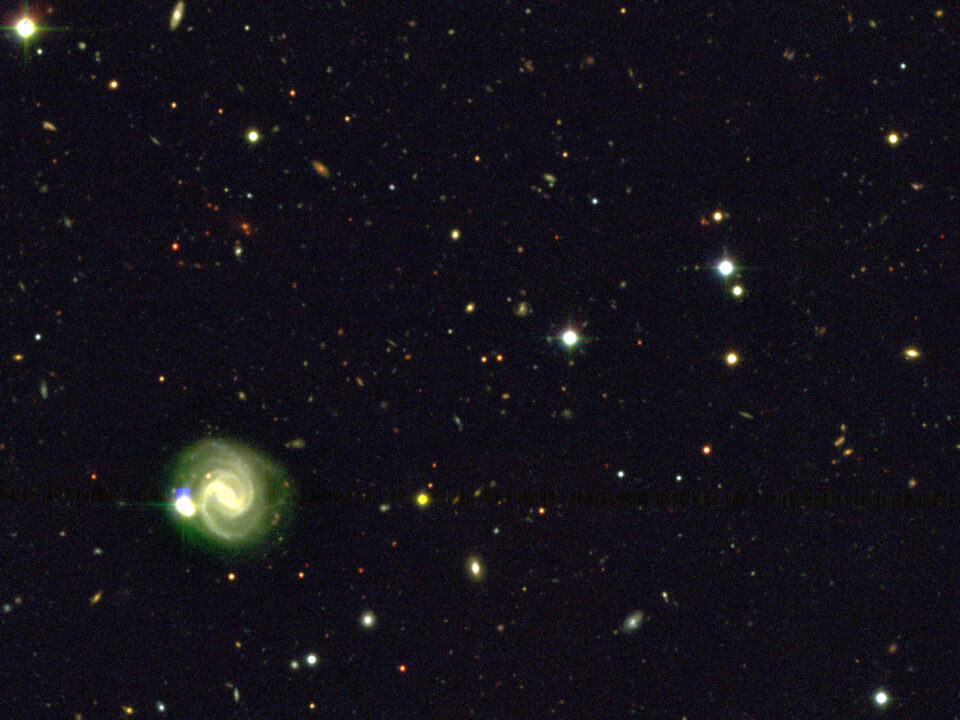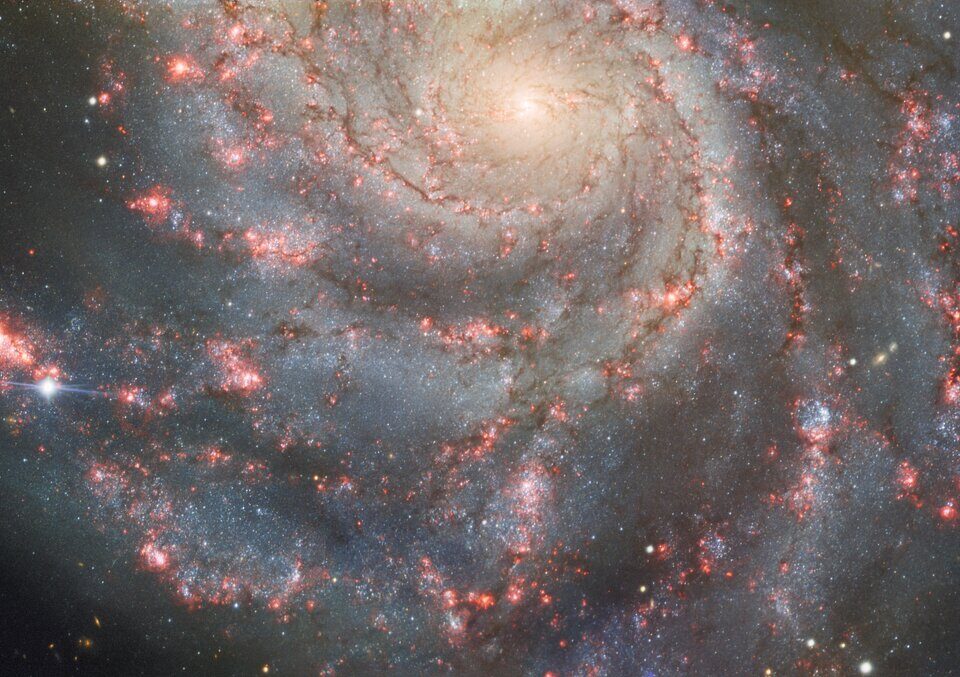Two Maunakea Telescopes Confirm First Brown Dwarf Discovered by Radio Observations

Observing Clusters of Galaxies Collide
November 17, 2020
Blast from the Past!
December 8, 2020Artist’s impression of the cold brown dwarf BDR J1750+3809. The blue loops depict the magnetic field lines. Charged particles moving along these lines emit radio waves that LOFAR detected. Some particles eventually reach the poles and generate aurorae similar to the northern lights on Earth. Credit: ASTRON/Danielle Futselaar
For the first time, astronomers have combined observations from a large radio telescope (known as LOFAR) in Europe and two telescopes on Maunakea – the IRTF and Gemini – to discover and investigate a cold brown dwarf, or failed star. This is the first such object to be discovered through radio observations — until now, brown dwarfs have always been uncovered in large infrared and optical surveys. In addition to paving the way for future brown dwarf discoveries, this result illustrates how radio and optical/infrared telescopes can complement each other and paint a more complete picture of the Universe. Astronomers describe science like this, that uses observations in multiple parts of the electromagnetic spectrum, as Multi-Messenger Astronomy.
Read more, in the Gemini Observatory press release.




